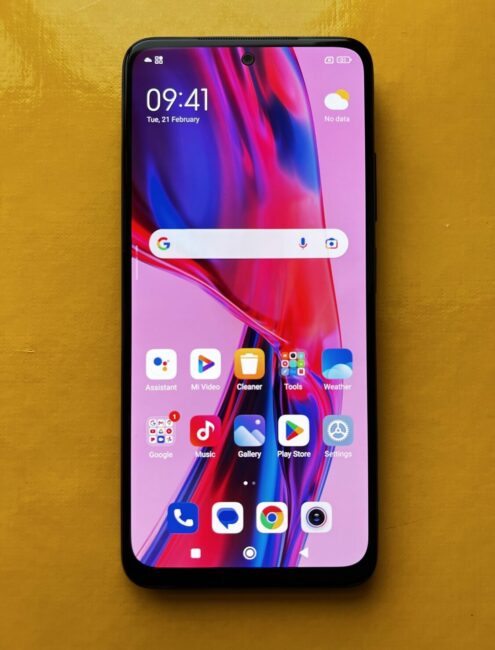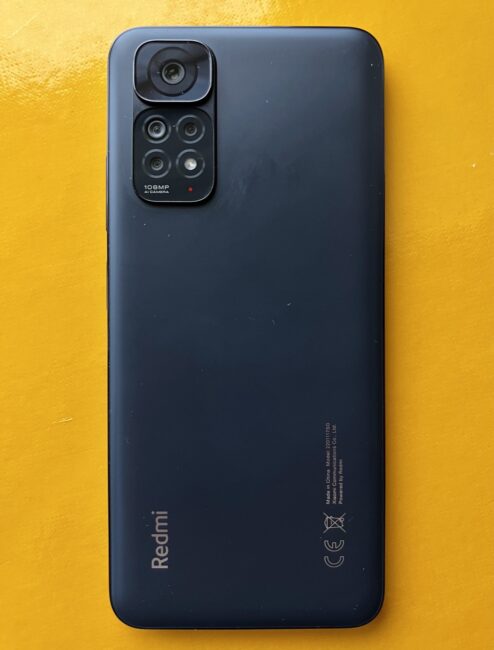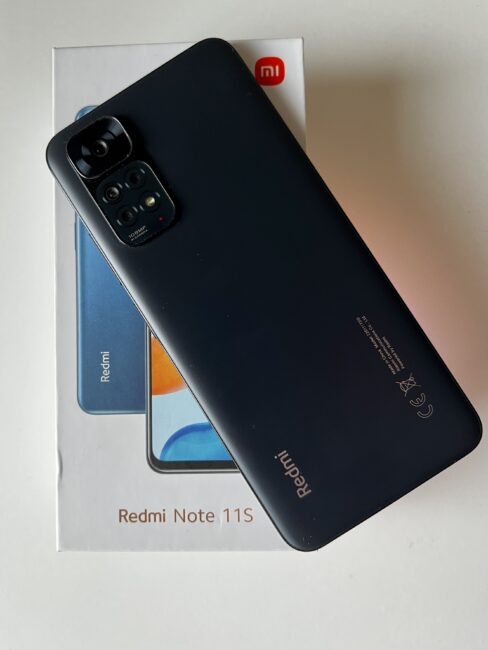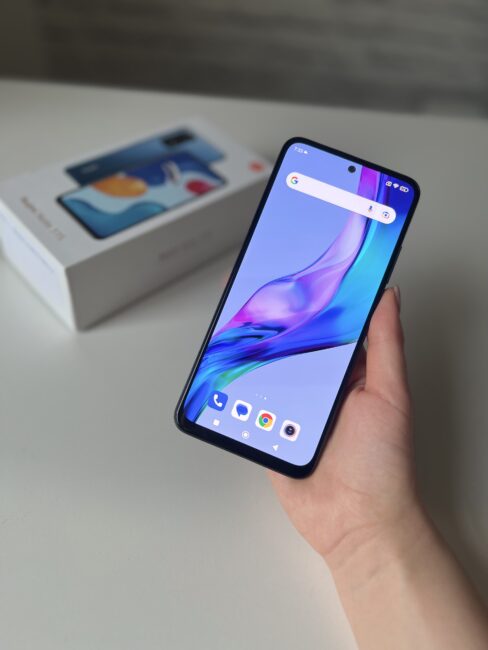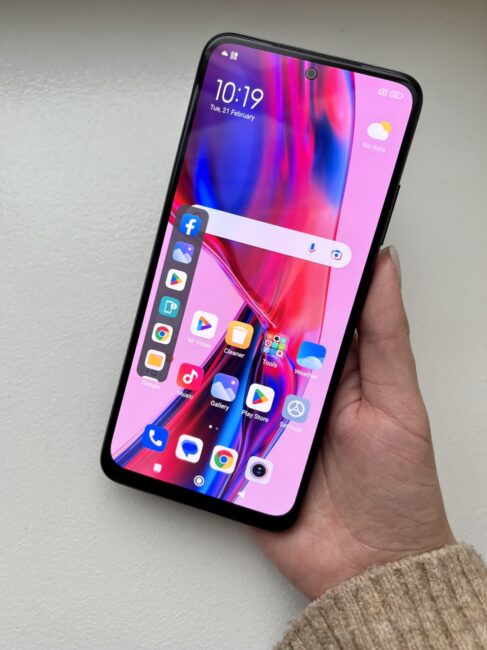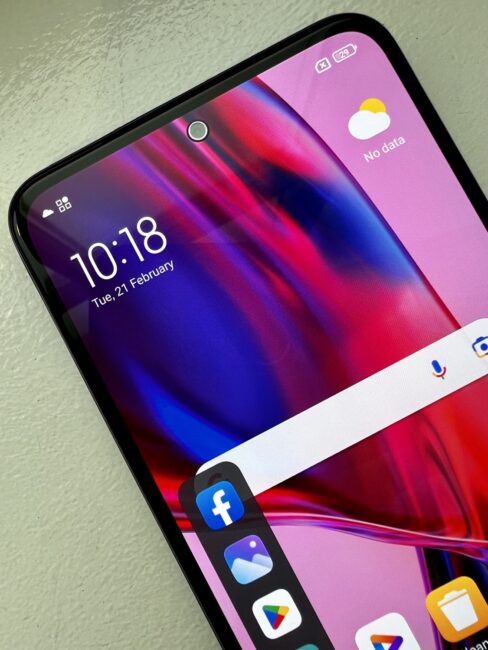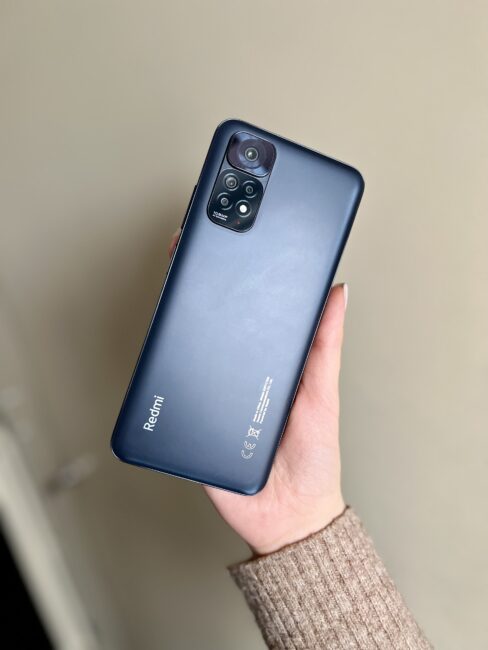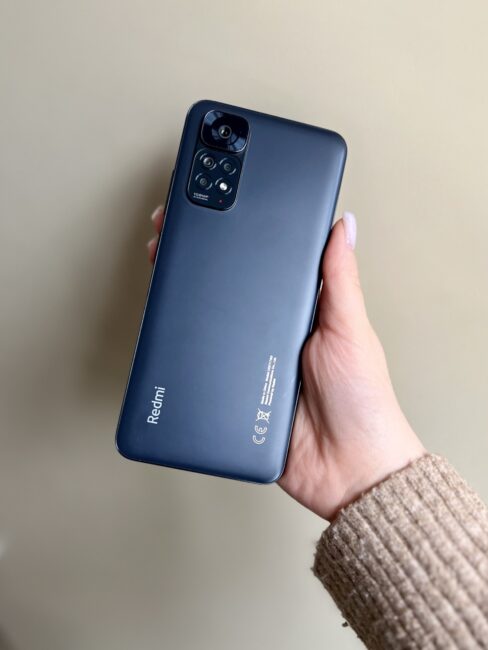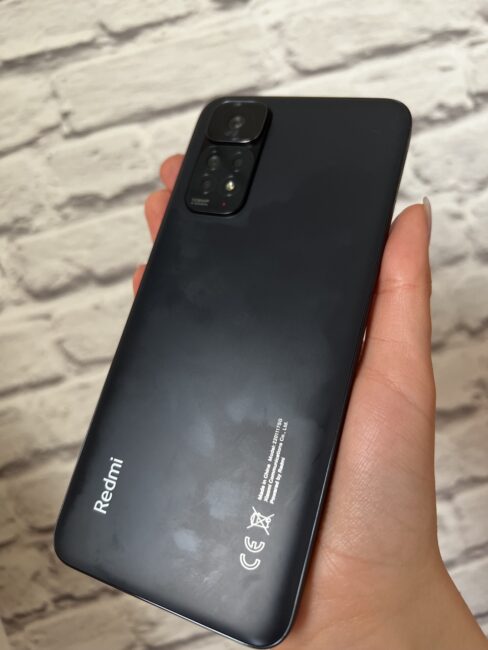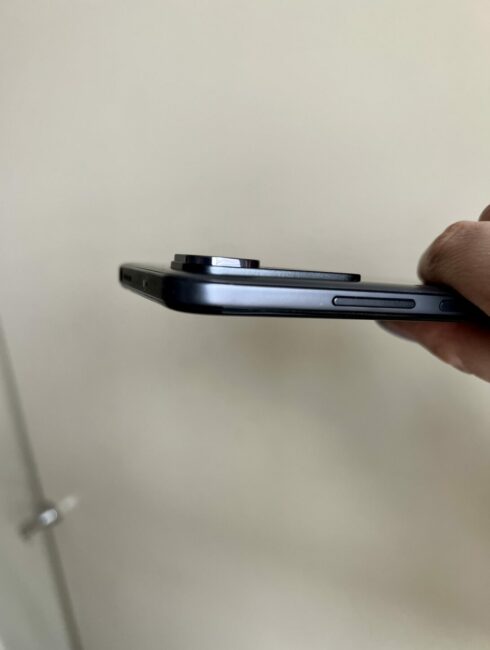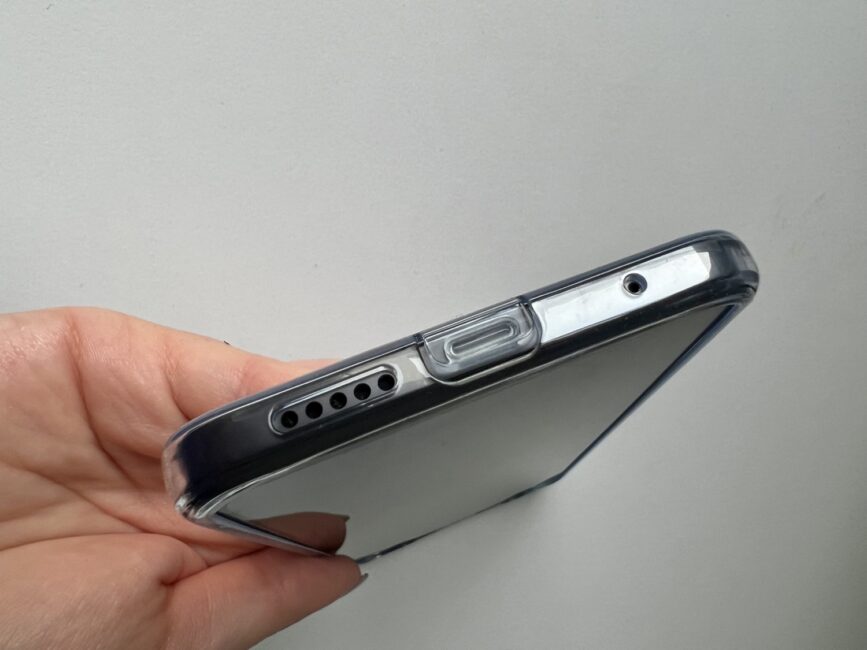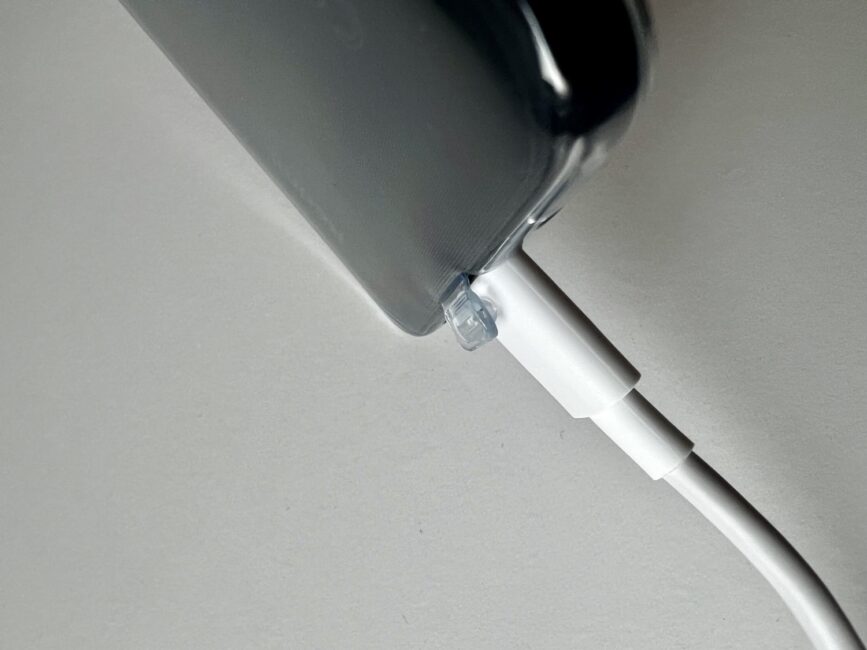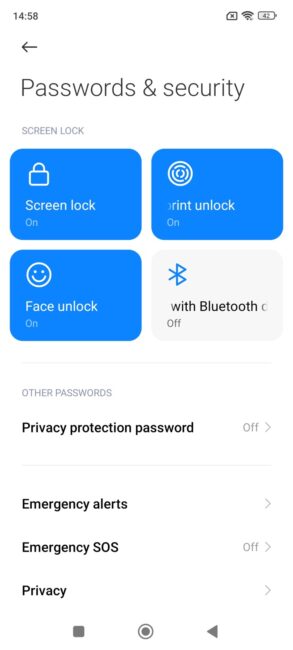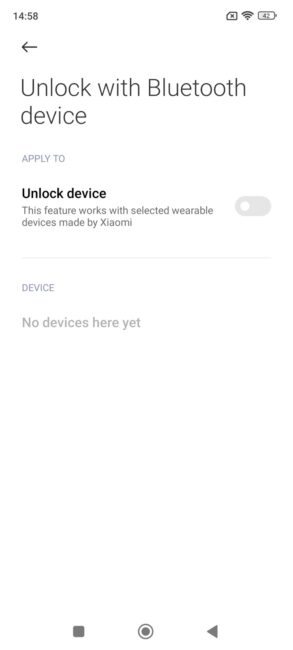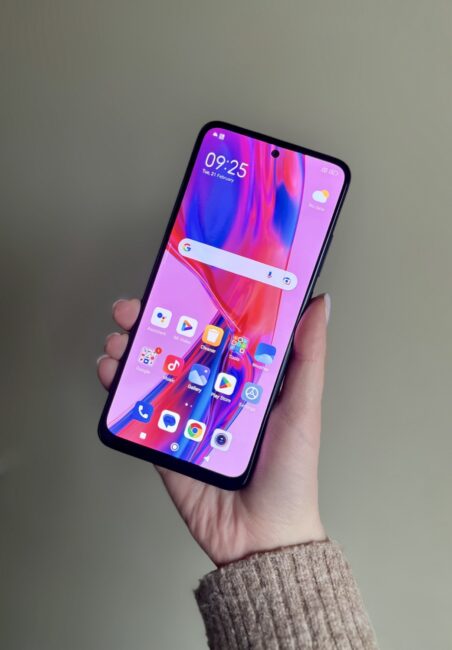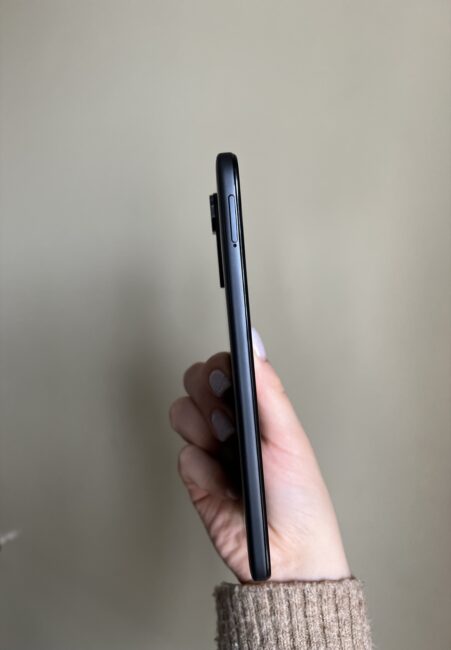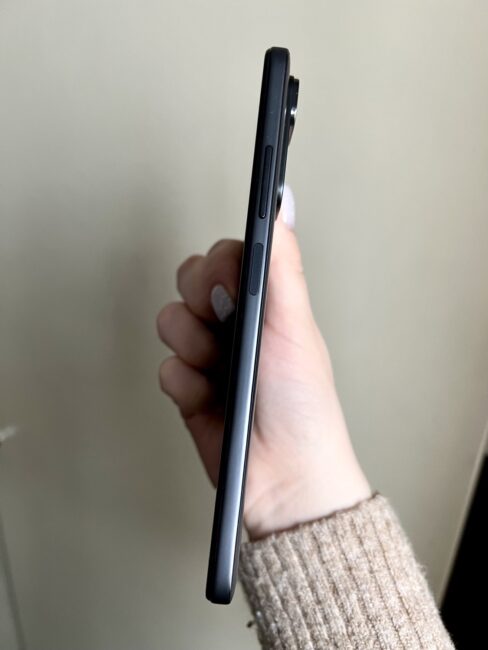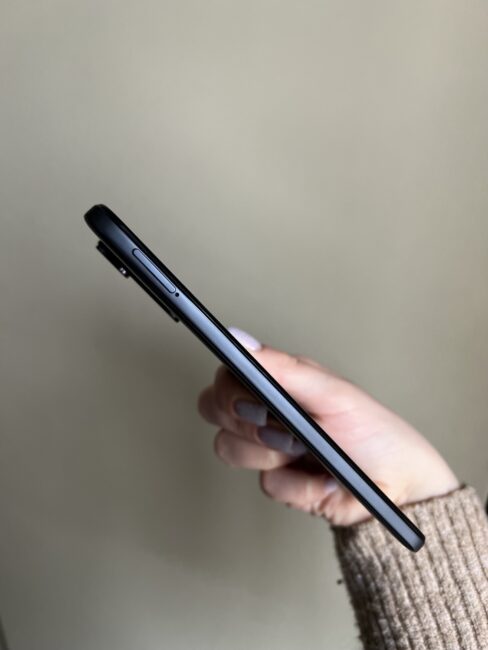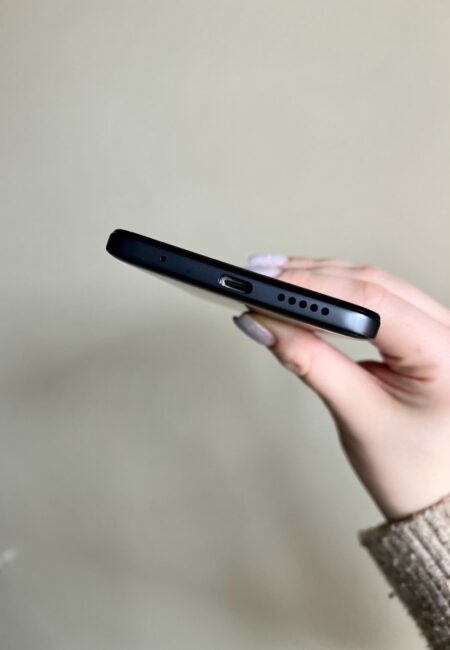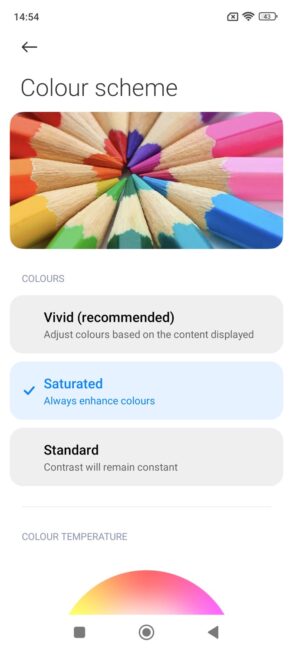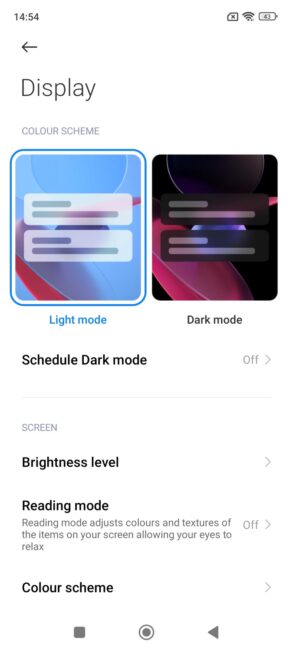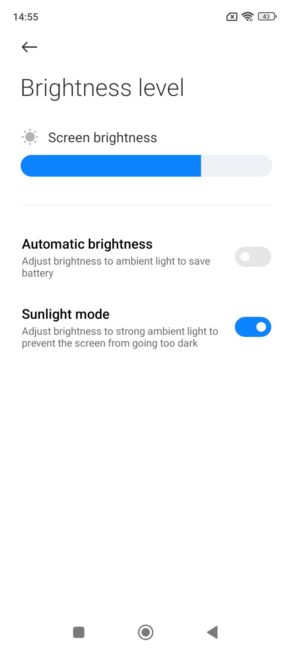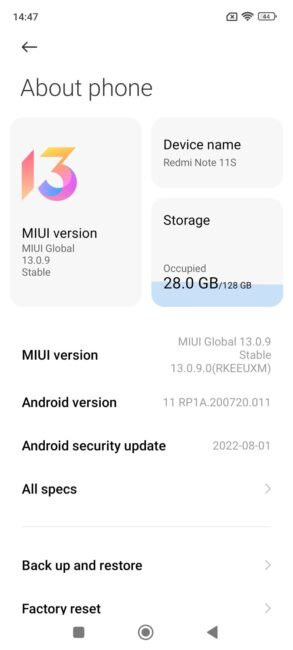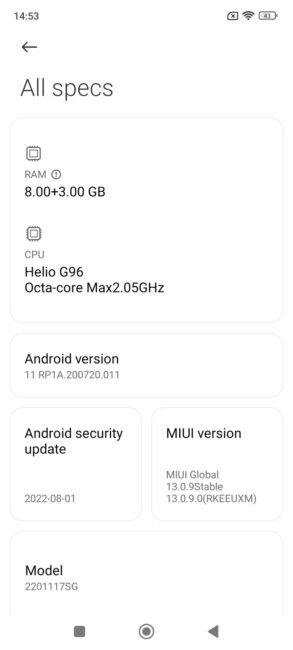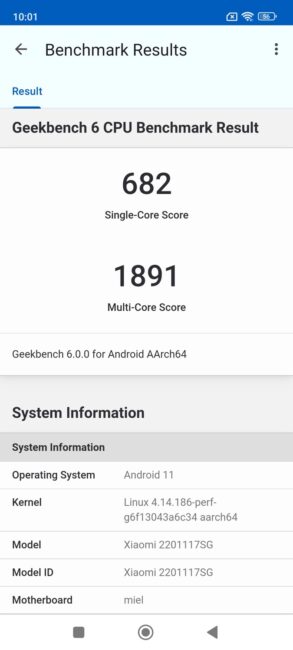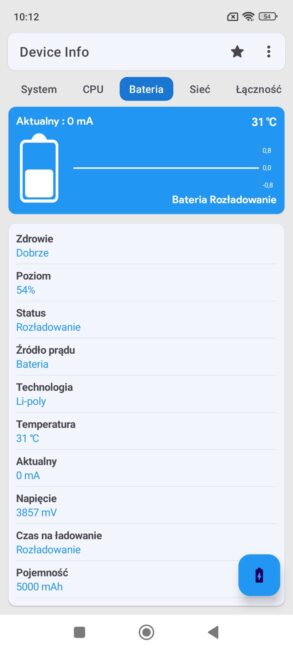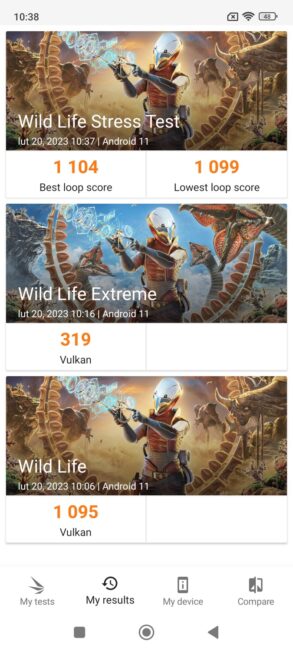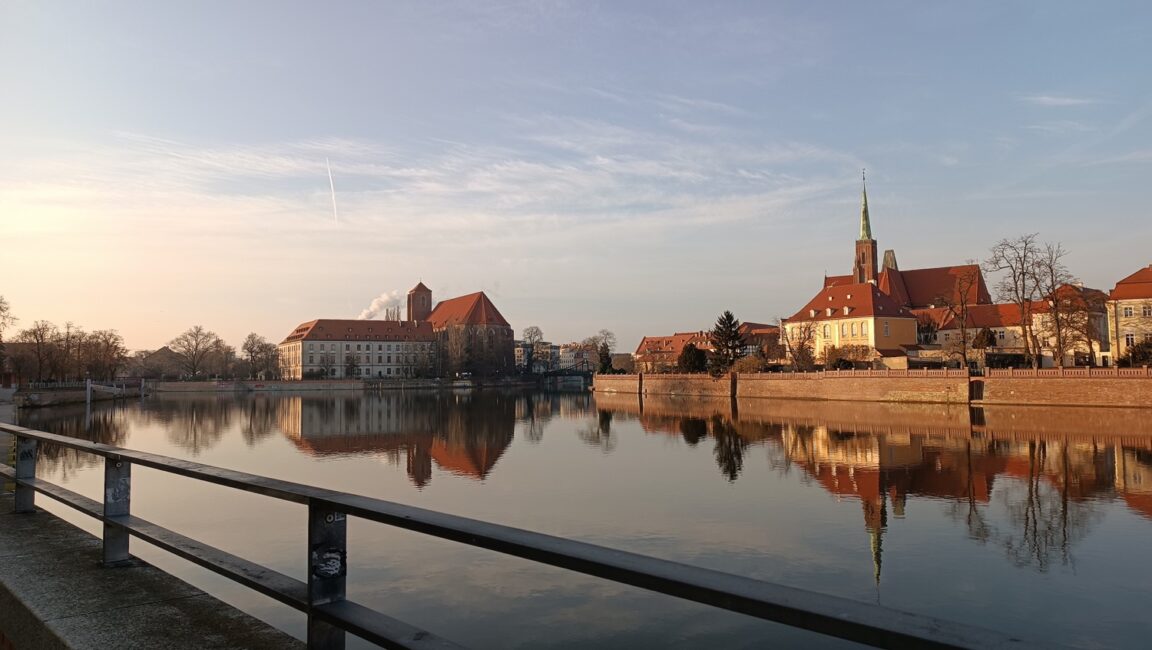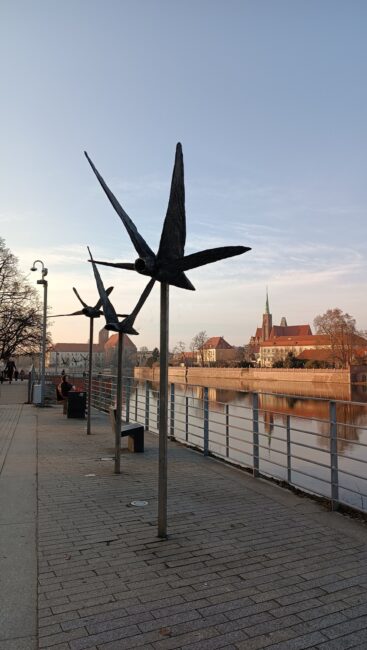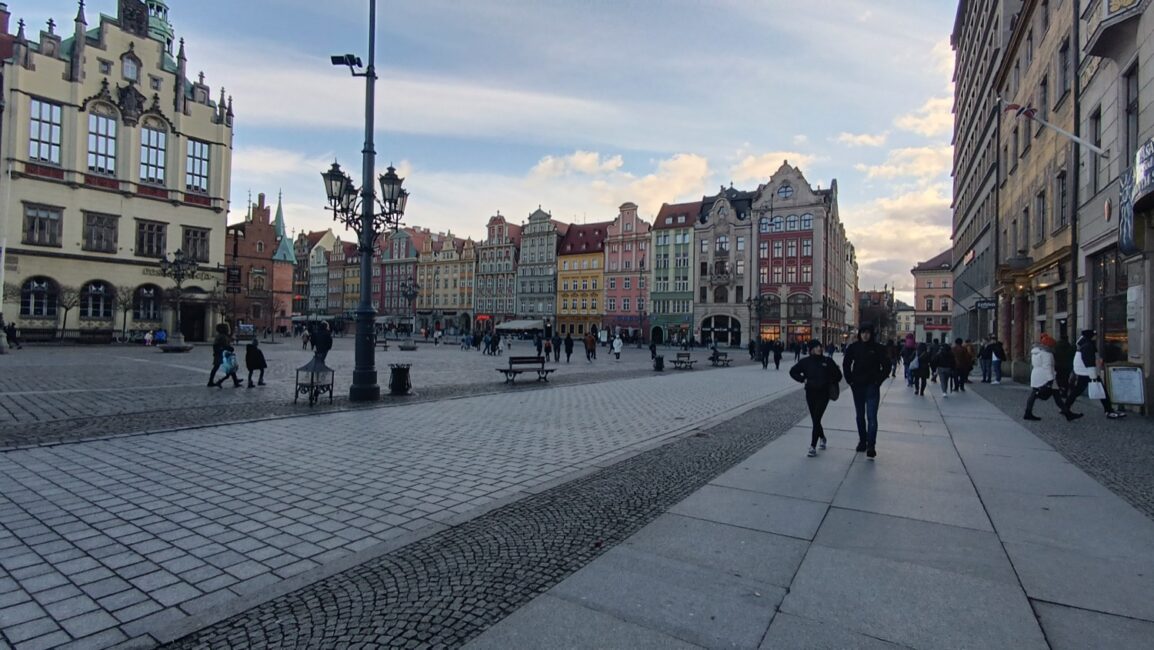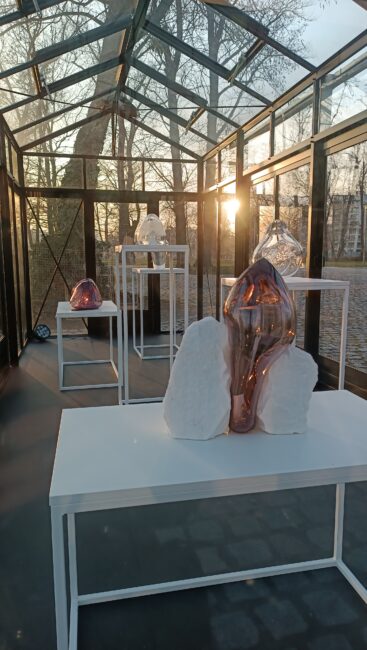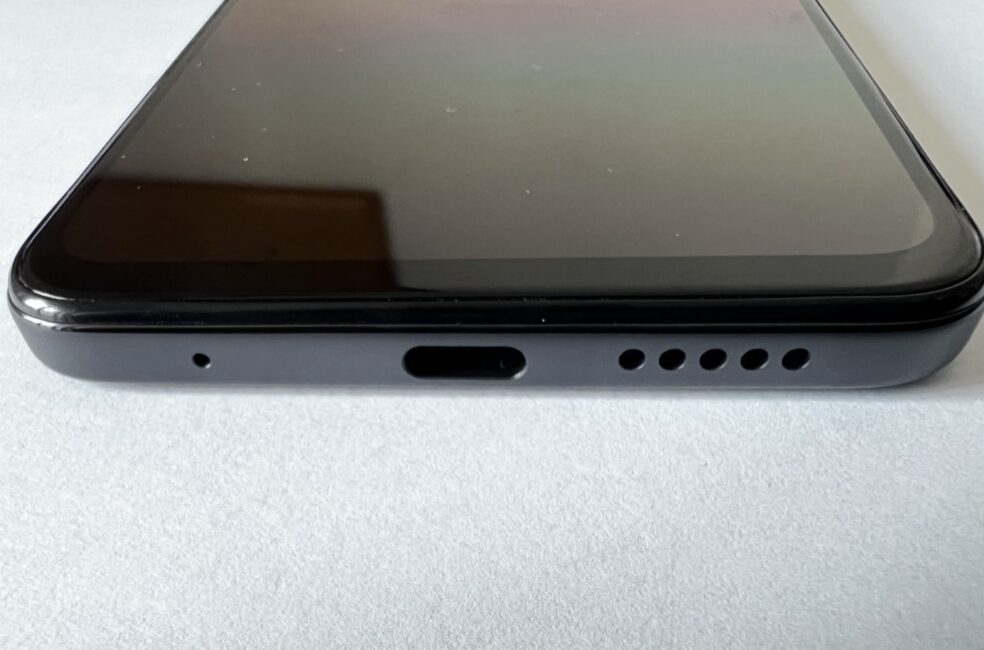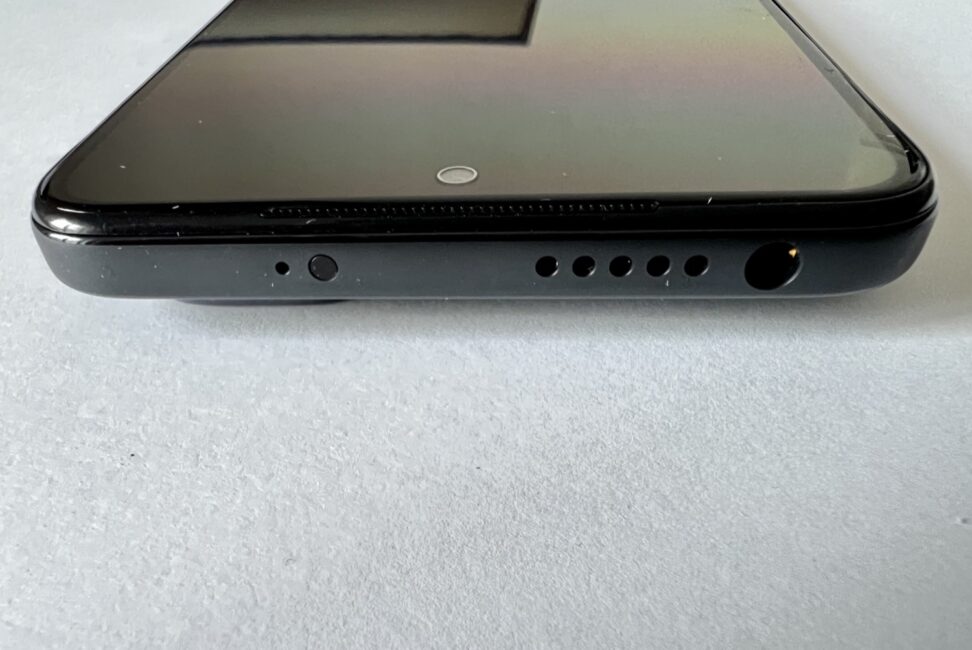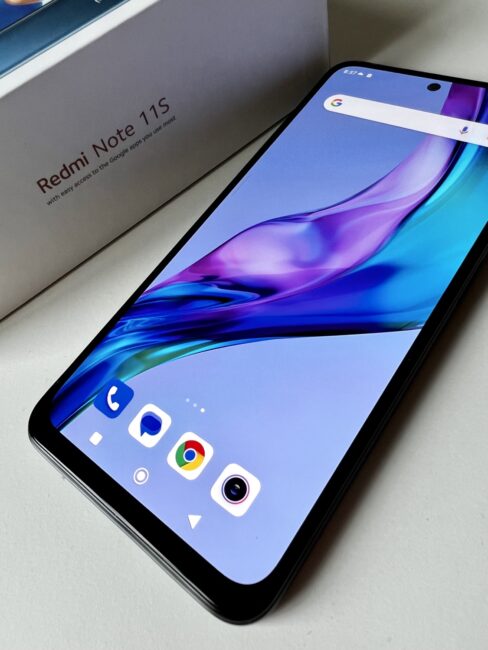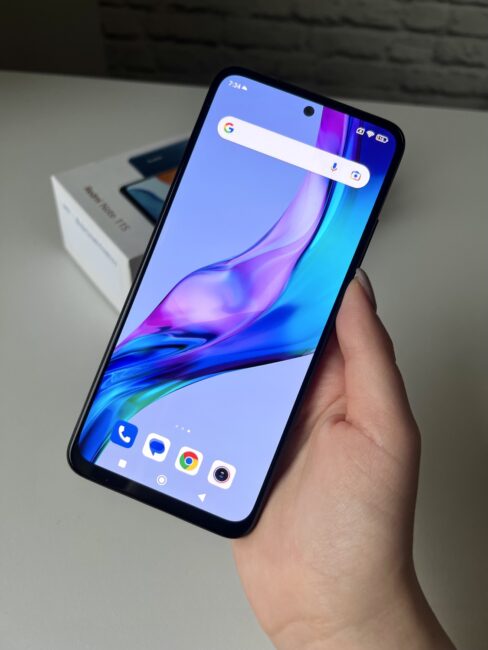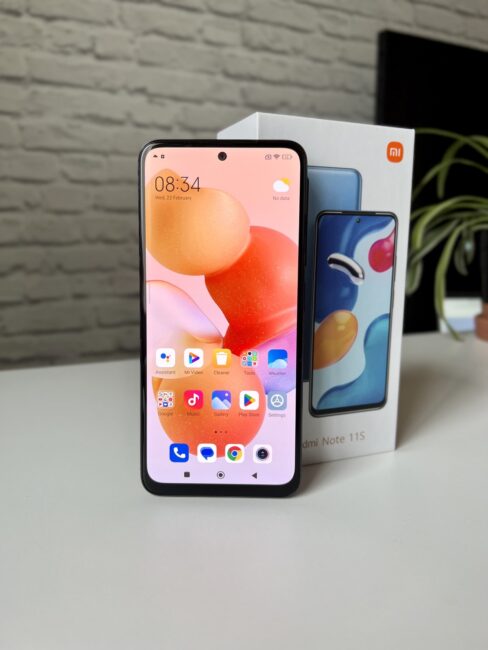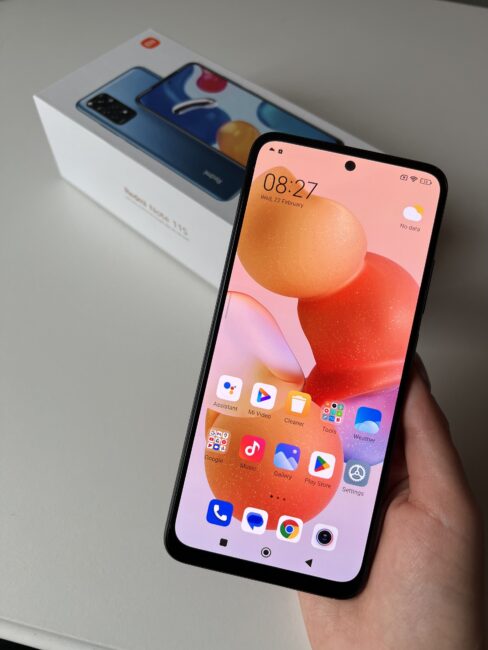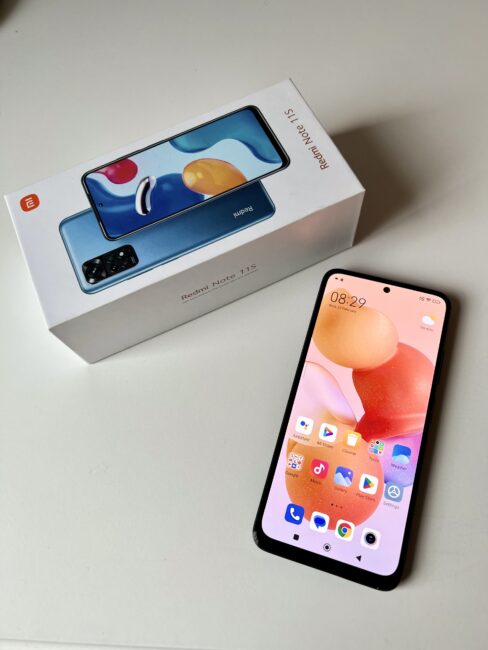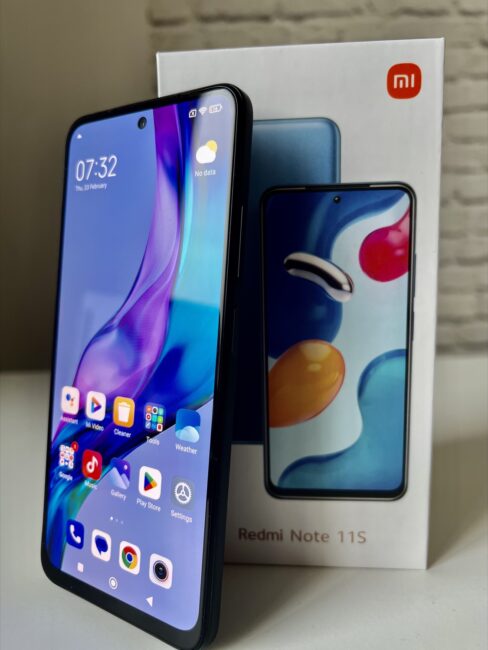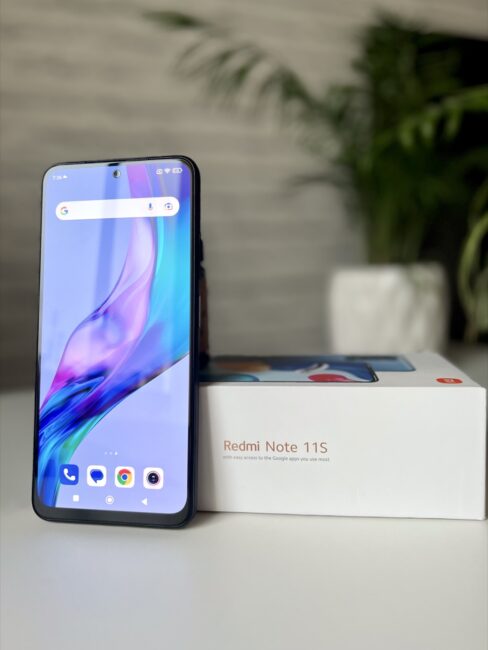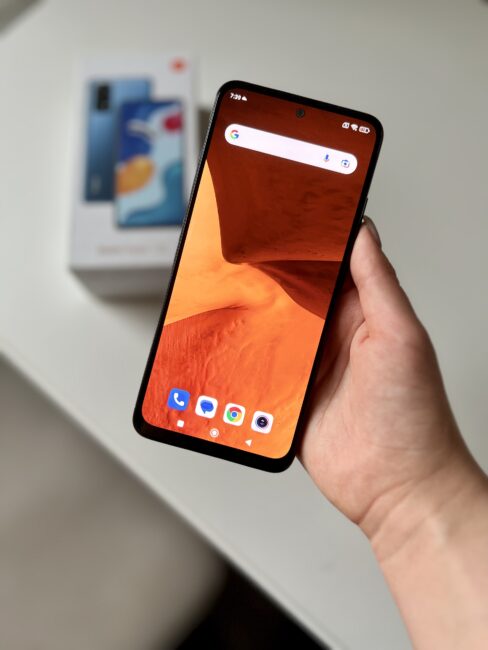Redmi has launched a series of 6 smartphones in different price ranges. It includes the Redmi Note 11, Note 11S, Note 11S 5G, Note 11 Pro, Note 11 Pro 5G and Note 11 Pro+ 5G. Yes, you can easily get confused. We’ve already reviewed two of them, and today we’ll talk about Redmi Note 11S.

The Note 11S is a balanced version of the lower price range with a good AMOLED screen, high-quality main matrix, a capacious 33W fast-charging battery, and a chipset that should be enough for smooth operation.
 At first glance, this is a good combination of features and price. Let’s find out whether it’s worth buying.
At first glance, this is a good combination of features and price. Let’s find out whether it’s worth buying.
Read also: Redmi Note 11 Review: Classical Budget Phone by Xiaomi
Technical specifications
- Screen: 6.43″ FHD+ AMOLED DotDisplay, 1080×2400 pixels, 20:9 aspect ratio, 409 ppi pixel density, 1000 nits, 90Hz refresh rate, 180Hz touch sampling rate, Gorilla Glass 3
- Chipset: Mediatek Helio G96 (12 nm):
CPU: Octa-core processor up to 2.05 GHz
GPU: ARM Mali-G57 MC2 - Operating system: Android 11, MIUI 13
- Permanent memory: 128 GB expandable via microSD card up to 1 TB
- RAM: 8 GB (expandable by 3 GB via permanent memory)
- Rear cameras: Main camera – 108MP, Ultra-wide-angle camera – 8MP, Macro camera – 2MP, Depth sensor – 2MP, Video: 1080p@30fps
- Front camera: 16 megapixels, f/2.5, (wide-angle), 1/3.06″ 1.0µm; 1080p@30fps video recording
- Battery: 5000 mAh
- Charging: 33W fast charging, charger included
- Network and data transmission: 2G, 3G, 4G LTE, Wi-Fi: 802.11a/b/g/n/ac, Bluetooth 5.0, GPS L1, Glonas G1, BDS B1, USB Type-C, NFC
- Sensors: proximity sensor, ambient light sensor, accelerometer, electronic compass, infrared, gyroscope, side fingerprint scanner
- Additionally: two SIM cards + microSD, 3.5 mm headphone jack
- Body: Corning® Gorilla® Glass 3, plastic
- Dimensions: 159,87×73,87×8,09 mm
- Weight: 179 g
- Available configurations: 6/64, 6/128, 8/128 GB
Positioning and price
The cost of the Note 11S varies from $200 to about $320. The price depends on the chosen configuration.
It’s worth noting that there is also a 5G version of the Redmi Note 11S, but it’s a different, more expensive phone, so don’t confuse them.
Read also: Redmi Buds 3 Lite TWS Earphones Review: Cheap But High-Quality
Package contents
The kit includes a 33W power supply and a USB cable, a needle for opening the SIM tray. The manufacturer also included a transparent case, which will be a good basic protection for the phone. However, it will not protect the camera, which is very prominent.
Design, materials and construction
The phone has a streamlined shape with a slightly rounded back. All in all, a lot of typical mid-range smartphone features. The 6.43-inch AMOLED display takes up most of the front panel and is protected by durable Gorilla Glass 3. It has narrow, slightly rounded bezels and a slightly wider bottom bezel. The screen has a round cutout for the selfie camera just below the top bezel.
The back panel is matte, made of plastic, and pleasant to the touch. It looks like it’s covered in frost, but it’s very susceptible to fingerprints and dust, so it’s better to use a case. Using a smartphone on a flat surface without a case can be inconvenient. The phone will wobble due to the protruding camera module.
It’s worth noting that the Note 11S is IP53-rated for dust and splash protection. This is a basic version of water resistance – the phone can withstand light rain or splashes, but it’s not a level of protection that allows you to immerse it in water. In addition, the SIM/microSD card input has rubber insulation. The included transparent case also has a protective strip for the charger entrance.
Biometrics is a standard feature. Repeated from other models: Redmi Note 10S or POCO M4 Pro.
The fingerprint scanner is located in the side unlock button, and it works properly, as does the face recognition. Previously, smartphone manufacturers used to place the fingerprint scanner on the back, but now it’s on the right side of the unlock button. Does it seem convenient and is it a good solution for a left-handed person? NO. I didn’t use it at all.
There are 3 case colours available: white mother-of-pearl, grey graphite and blue (as our test sample).

Read also: Redmi Note 11 Pro 5G review: New design, 5G, fast charging
Note 11S is quite thin (8.09 mm) and light (179 g). The smartphone fits very well in the hand and does not slip. It has a sturdy design and provides a fairly secure grip.
The side buttons have an ergonomic layout. On the right side, we can find a switch with a built-in fingerprint scanner and a volume rocker. At the top is one of the two speakers, a 3.5 mm jack and an infrared port. On the left is only the SIM card and microSD tray, and at the bottom is the second speaker, microphone and USB-C connector.
In general, the design of the phone is not much different from its predecessor Redmi Note 10S. Or does it all end with the design and will we find improvements inside? Let’s find out.
Screen
The smartphone has an AMOLED display with a diagonal of 6.43 inches and a resolution of 2400×1080 pixels. There’s nothing to complain about – viewing angles are good, colour depth is on par, and blacks are full.
 The crisp, highly detailed screen has a brightness of up to 1000 nits. Thanks to this high brightness, it adapts perfectly to the ambient light and provides better readability outdoors and in brightly lit rooms.
The crisp, highly detailed screen has a brightness of up to 1000 nits. Thanks to this high brightness, it adapts perfectly to the ambient light and provides better readability outdoors and in brightly lit rooms.
If we compare the Note 11S with its predecessor, the Redmi Note 10S, the new version has a higher screen refresh rate. It may be a small improvement, but it’s there. The display supports a standard refresh rate of 60 Hz and a high refresh rate of 90 Hz. The phone uses 90Hz most of the time, although it switches between 90Hz and 60Hz for static images and the UI. In addition, the screen also reverts to 60 Hz when playing videos and in applications that do not support frequencies higher than this. Choosing a standard refresh rate with automatic switching is the best solution – the smoothness will not deteriorate and the battery will not drain too quickly.
 The Redmi Note 11S display supports a wide DCI-P3 colour gamut. You can play around with the settings and choose one of three colour schemes: bright (default, DCI-P3), saturated (DCI-P3) and standard (accurate sRGB). You can also adjust the colour temperature for each mode.
The Redmi Note 11S display supports a wide DCI-P3 colour gamut. You can play around with the settings and choose one of three colour schemes: bright (default, DCI-P3), saturated (DCI-P3) and standard (accurate sRGB). You can also adjust the colour temperature for each mode.
There is also a standard reading mode that makes colours warmer so that your eyes don’t strain as much while reading.
Always on Display is a useful option. In the settings, we can choose what exactly will be displayed on the screen. It can be a custom theme, an inscription, an animation, or just a clock. I found the display of time and notifications with the ability to quickly view them on the lock screen particularly convenient. However, there is one caveat here. It is activated only for 10 seconds when touched.
There are also special features that are ideal for those who like to multitask. The sidebar is very useful. You can always have your favourite apps at your fingertips in a small panel that opens by swiping from left to right over the selected area. Pop-up windows allow you to open notifications without closing the application you are using.
Read also: Redmi Smart Band Pro review: Advanced fitness tracker
Performance
The 11S is powered by an octa-core Mediatek Helio G96 chipset manufactured on a 12 nm process technology. Among other things, the chipset allows the use of a 108-megapixel camera. The Helio G96 is the successor to the popular Helio G95, but it has one drawback. MediaTek has used a lower-end Mali-G57 MC2 graphics chip instead of the Mali-G76 MC4, so performance in games will be worse. This is evidenced by processor tests. But this level of performance is enough to use the phone in everyday life. All basic tasks work flawlessly. More demanding games may not work as well, and there will be glitches in smoothness. But this is not bad – other manufacturers in this price range offer weaker solutions.
Benchmark results:
- Geekbench: single core – 682, multi core – 1891
- 3DMark Wild Life: 1095
- 3DMark Wild Life Extreme: 319
The smartphone is available in three variants – 6/64 GB, 6/128 GB and 8/128 GB. We reviewed the 8/128 GB version. 8 GB of RAM is an excellent amount for modern flagships, there are no problems with restarting applications when switching between them. Note 11S has a special mode that allows you to increase the amount of RAM up to 3 GB at the expense of permanent memory.
Read also: Xiaomi 12T Pro smartphone review: Clark Kent or Superman?
Note 11S cameras
The smartphone has a large set of cameras. We have 3 cameras and an additional depth sensor. The main camera is 108 megapixels, the ultra-wide-angle camera is 8 megapixels, the macro camera is 2 megapixels and the depth sensor is 2 megapixels. Compared to its predecessor, the Redmi Note 10S, the 11S now has an updated main camera. The front selfie camera remains the same as in the Redmi Note 11 series and has a resolution of 16 megapixels. Will such a variety in a mid-range smartphone affect the quality for the worse? Below is our description of the cameras and sample photos so you can compare for yourself. For this price range, the photos are good.
The main camera is really good. The others could be better. The quality is standard for the price.
The main camera takes very good pictures, clear and stable, although the colours could be a little more expressive. Examples:
FULL RESOLUTION PHOTO FROM NOTE 11S
The main 108MP sensor takes photos at 12MP resolution. There’s also a PRO mode that enhances the photos a little bit, and they’re very nice. Here are some sample photos taken in PRO mode:
FULL RESOLUTION PHOTO FROM NOTE 11S
In the settings, you can switch the camera from the standard 12 megapixels to 108 megapixels. But there’s not much point in doing so, and the photos will take up more memory. Examples of photos in the maximum resolution can be found here.
The macro camera includes a 2-megapixel GalaxyCore GC02M1 sensor with an f/2.4 lens. The images are out of focus. This is most noticeable when viewing photos in full resolution. They are a little snowy, and in low light it’s even worse.
THESE PHOTOS IN FULL RESOLUTION
In night mode, the shutter speed is faster, the picture takes about 2 seconds, and the quality is good. The photos are slightly corrected, but you shouldn’t expect any super effects. Night mode is available only in the standard camera, it is not available in 108 megapixels. The photos are quite clear, the brightness is higher, but in many cases digital noise is noticeable.
NOTE 11S NIGHT PHOTOS IN FULL RESOLUTION
The selfie camera uses a 16-megapixel Sony IMX471 1/3″ sensor with an f/2.5 lens. The pictures have accurate colours, good contrast and exposure, fairly strong anti-aliasing, and low noise.
Redmi Note 11S supports 1080p video recording at 30 frames per second. The 2-megapixel macro camera is limited to 720p at 30 frames per second. There’s a zoom option, but it’s better not to use it, it’s a bit weak This folder contains sample recordings in different modes and lighting conditions.
Read also: Xiaomi 12T smartphone review: clone attack
Battery and operating time
The 11S is equipped with a 5000 mAh battery with 33W fast charging support. Redmi promises up to 16 hours of video playback, 33 hours of talk time, or 138 hours of music playback on a single charge. What’s it like in practice?

With a refresh rate of 60 Hz, the battery lasted all day with continuous use of social media, calls, games and video viewing. Of course, with a refresh rate of 90 Hz, the battery life is about 3 hours shorter. With a little limited use, the device will last for 2 days.
As for charging, a 33W charger is included. It takes a little over an hour to charge a fully discharged smartphone to 100%. It should be noted that there is no support for wireless charging.

Sound and data transmission
The sound is loud and powerful, but up to a certain level. Starting at 80%, you may hear a crackle at maximum volume. The Note 11S has two symmetrically placed speakers, one at the top and one at the bottom. But they do not work evenly. The main speaker is at the bottom, and the difference in sound is noticeable. The sound is not very powerful, but that’s okay. There is a 3.5 mm jack.
The 11S supports 2G, 3G, 4G LTE, Wi-Fi, Bluetooth 5.0, GPS L1, Glonas G1, BDS B1, and has an infrared port and a USB Type-C port. There is also an NFC module for contactless payments. Everything is just like in the younger Redmi Note 10S.
The model does not have a 5G connection. There’s a separate 5G version of the Note 11S with a different screen, processor, and camera, which is also more expensive.
Read also: Xiaomi 12 Lite smartphone review: why it’s not a flagship
Software
The smartphone is based on MIUI 13 shell installed on top of Android 11. MIUI 13 provides a fast and stable software experience. Xiaomi offers another multitasking solution that ensures that you can easily keep an average of 14 apps running in the background. In addition, the smoothness of the system apps and other apps is now improved by 20-26 per cent respectively, and 15-52 per cent compared to previous versions.
There are a number of widgets, wallpapers and options to customise your device to suit your needs.
The Home screen is filled with shortcuts, folders, and widgets as usual. MIUI also offers a security app that lets you scan your phone for malware, manage data usage, adjust battery behaviour, and free up RAM.
The MIUI shell works quickly and smoothly, looks nice, and is thought out to the smallest detail. We have previously described some of the software in detail in Xiaomi / POCO, in the material about POCO M5s.
Read also: Xiaomi Smart Band 7 Pro Review: It Breaks the Bank
Conclusion
Redmi has presented us with a small update of its predecessor Note 10S in the Note 11S model. Who is this smartphone for? For undemanding users who need a device for everyday use. If you’re looking for an inexpensive device with a good camera, rich specs, a smooth interface, a long-lasting battery, and NFC, the Redmi Note 11S is a good choice among the latest budget smartphones.
Which Note 11 smartphone should I choose? The 11S is a mid-range variant between the basic Redmi Note 11 and the more advanced Redmi Note 11 Pro. The 11S has a 108MP main camera, which is much better than the 50MP of the base Redmi Note 11. In addition, the 11S version is aimed at demanding users, as the manufacturer does not offer a 4GB RAM variant, but provides faster speeds and better cameras. But if you want to play games on your phone in addition to everyday use, then you should pay attention to the Note 11 Pro.
Here you can take a closer look at these three models.
In the end, you can look for better solutions, but for this price, this is really a very good option.
Advantages:
- screen refresh rate of 90 Hz
- good performance
- AMOLED display
- good photos on the main camera
- the kit includes a charger and a case
- long battery life
- 3.5 mm jack
Disadvantages:
- low quality of photos taken with additional cameras
- video quality
- lack of Androida 12
Read also:
- Xiaomi 12 Pro Flagship Review: Is It Worth Choosing?
- Motorola Moto G23 Review: Too many simplifications

